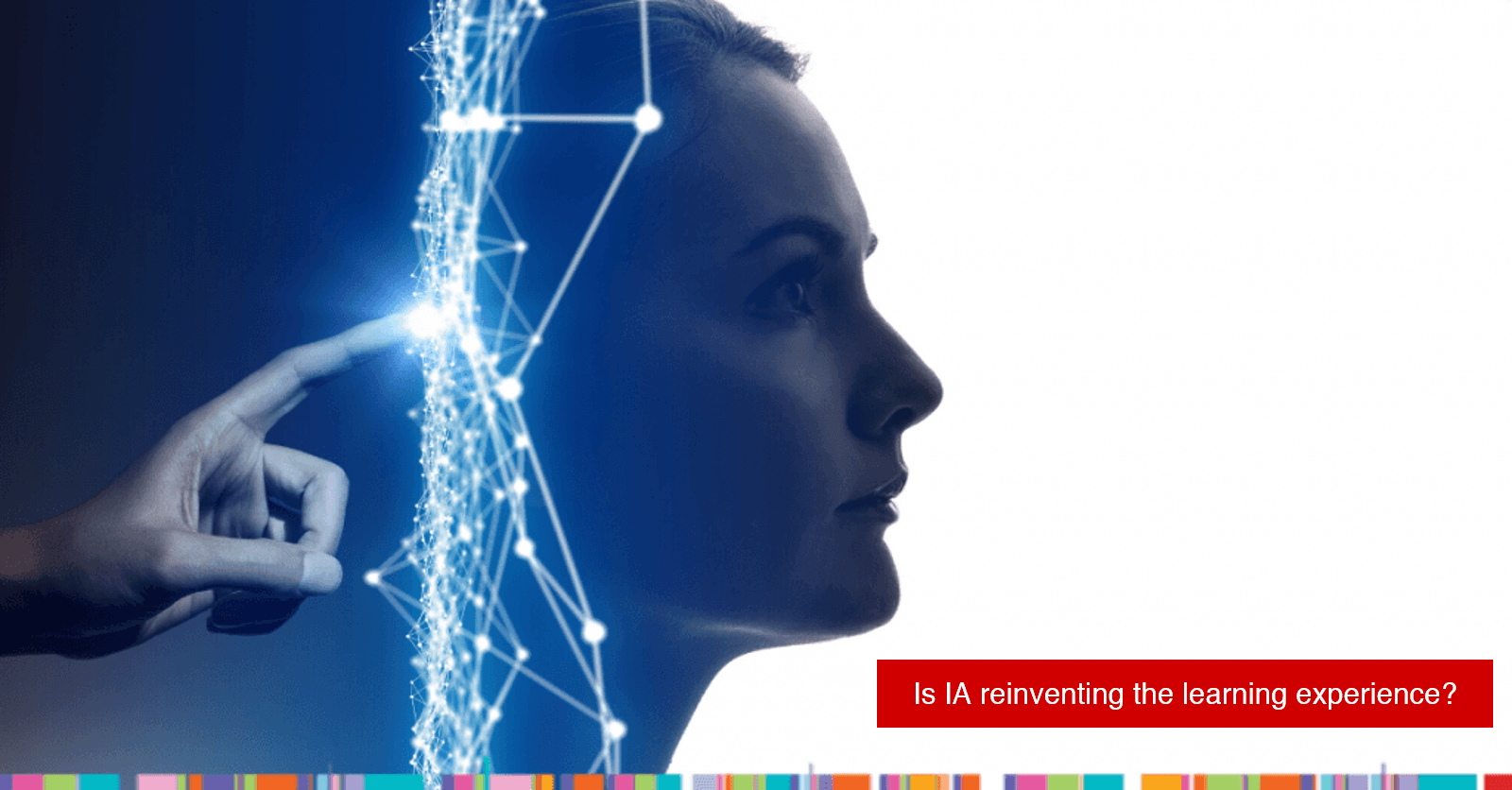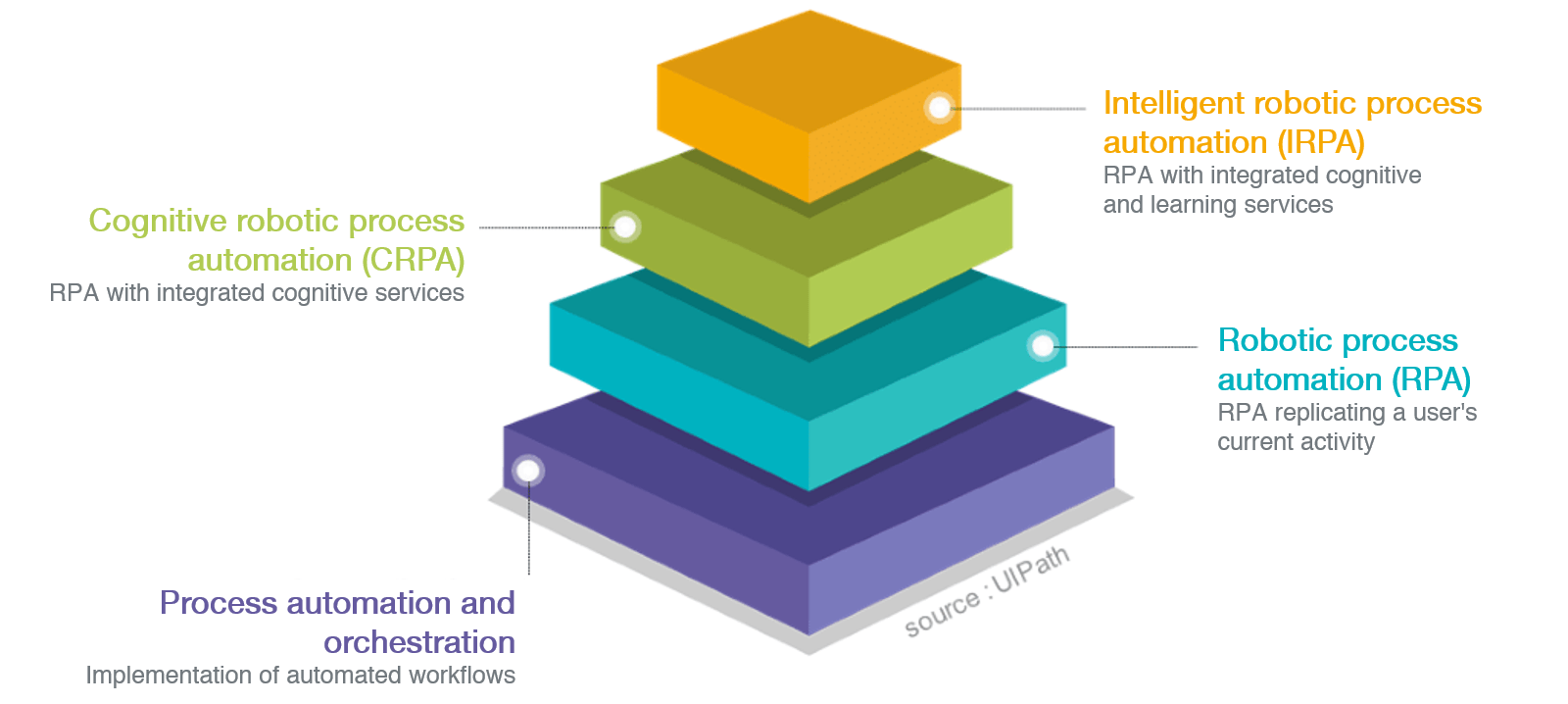
In the decade ahead, it will be increasingly plausible to place learners and trainers at the centre of training courses built on data supplied by digital systems. This data provides the essential grounding that will enable artificial intelligence to take over training.
Between the promises of a better world (more personalisation, greater training impact on each learner, fewer repetitive tasks, etc.) and the fears that AI raises (tackling the role of the trainer, confidentiality issues, etc.), it is becoming essential today to understand the reality it encompasses and anticipate its impacts.

Artificial intelligence is here now... or almost
In its latest Horizon Report 2019, Educause positions the time-to-adoption horizon for artificial intelligence (AI) in higher education at 2 years.

Another study bySynergy Learning on the use of artificial intelligence in learning indicatesthat:
- 19% of organisations are already using artificial intelligence in one way or another
- 31% of organisations plan to use AI in the short term
- 26% plan to use AI in the medium term
- 24% plan to use AI in a few years’ time
It is becomingessential, therefore, for all Learning & Development (L&D) stakeholdersto make the move to AI. Just as the 2000s saw the advent and widespreadadoption of the Internet, the 2020s will be the era of accessible AI at L&Dplayers’ service.
“If you don't act now, today, in 10years time you'll be out of the race.” Damien Gromier (Founderof AI for Good)
We are thereforebringing you a series of posts on the subject, structured as follows:
- What is AI and what are its foreseeable impacts on L&D?
- What are the different use cases for AI in L&D?
- What are the ethics of AI in training?
Whatexactly are we talking about?
AI refers to acomputer program that can simulate human capabilities (shape recognition, imagerecognition, sound, machine translation), manage a man/machine dialogue(question/answer) or simply process a huge amount of data to guide decisionmaking.
We could distinguishtwo types of AI:
- Weak AI: Performs simple, repetitive tasks, but may nevertheless evolve within a limited field.
- Strong AI: Is capable of generating reflections, understanding a context and developing its own reasoning. There is also the notion of a machine conscience.
At this point, in the world of L&D, we are only dealing with weak forms of AI. We will therefore focus on these forms in the rest of our posts.
Further reading >>“Humans need to learn how to interact with smart machines”
Close-up on weak artificial intelligence
The principle of weakAI is to reproduce “simple” tasks. The aim is not to design an intelligence assuch, but to faithfully copy humanactions with the help of an automaton or program, bringing greater reliabilityand less drudgery. The program carries out only actions for which itwas created, and is incapable of evolving by itself.
Beware of the word"weak" here: it does not mean "stupid". Think of it insteadas a conception that is unable to tackle a problem as a whole or understand itsenvironment (what it refers to in order to exist).
Let's take a concreteexample to illustrate this principle of algorithms: we are in a company thatwants to understand the impact of some of its training courses on itsemployees. They have got into the habit of commenting on their training courseson the corporate social network. This impact measurement could of course behandled by humans, by listing all the messages published, classifying them andanalysing them... but it would be a very long and tedious task!
So, the companycompiled a dictionary of positive, neutral and negative words, on one hand, anda solution to extract the content of posts on the in-house social network onthe other.
The algorithm thenanalyses the words used in the posts and scores them against the initialdictionary:
- -1 for words that reflect a negative perception
- 0 for neutral words
- +1 for positive words
This way, each post is evaluated. The overall analysis can then be used to produce a dashboard showing learners' perceptions of the training course in question. In other words: this is a weak AI process.
TheAI pyramid
In this example, we follow a RPA (Robotic Process Automation) logic, at the bottom of the AI pyramid. Its main purpose is to automate a process that could be performed by a human.

Now let's addcognitive services, including speech recognition. The aim is to analyse allvideo publications associated with the training and automatically postresponses consistent with the video content. In short, these cognitive servicescreate rich interactions with users. We now have CRPA (Cognitive RoboticProcess Automation).
Finally, let's imagine that our solution identifies other words not initially listed but which are associated with positive posts. It can start to feed its own dictionary, which it gradually refines as it continues to analyse messages... This is where it really becomes intelligent robotic process automation (IRPA) or strong AI! Check out the next post to discover more uses of AI applied to L&D!
This article was co-written by Fabienne Bouchut and François Debois with support from Fabrice Léonard.








